Lamborghini and Lotus signpost end of an era for supercars
07 July 2021

Lamborghini has unveiled the Aventador LP 780-4 Ultimae. The carmaker sign-posted the new model as a meeting point between the performance of an SVJ and the design of an S. More importantly, the limited-run edition is the final to feature Lamborghini’s landmark V12 engine.
Meanwhile, Lotus revealed its own new sportscar. The Emira had its debut in a live broadcast from the OEM’s Hethel test track in Norfolk, UK. Running parallel to Lamborghini, the carmaker also confirmed this would be its last petrol-powered car. Both the Emira and the Aventador LP 780-4 Ultimae are due to appear at this week’s Goodwood Festival of Speed.
The ultimate V12

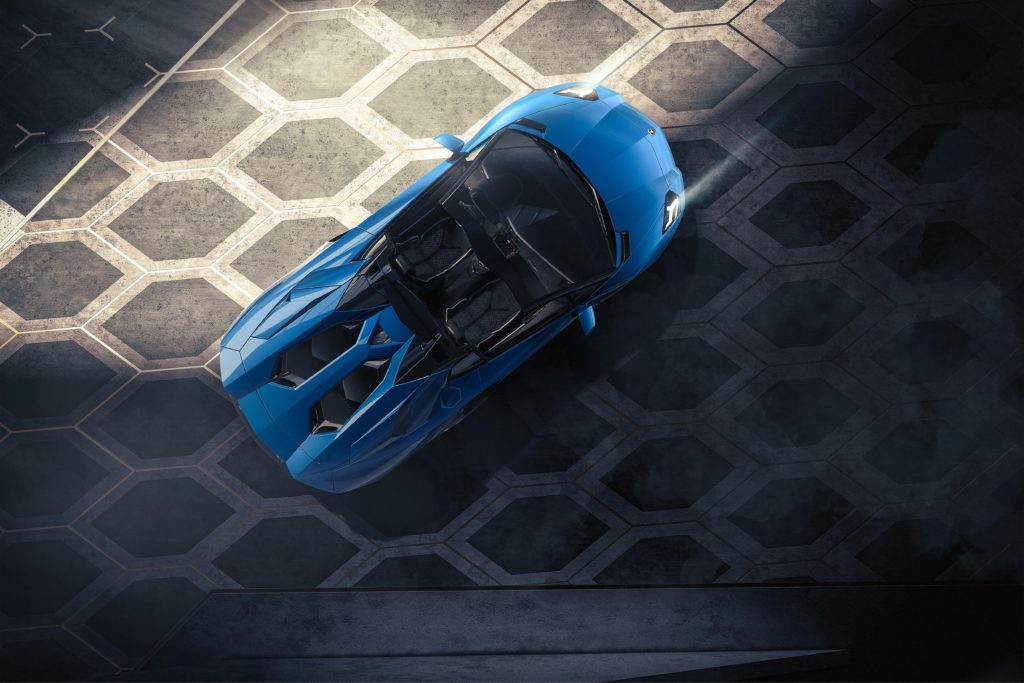
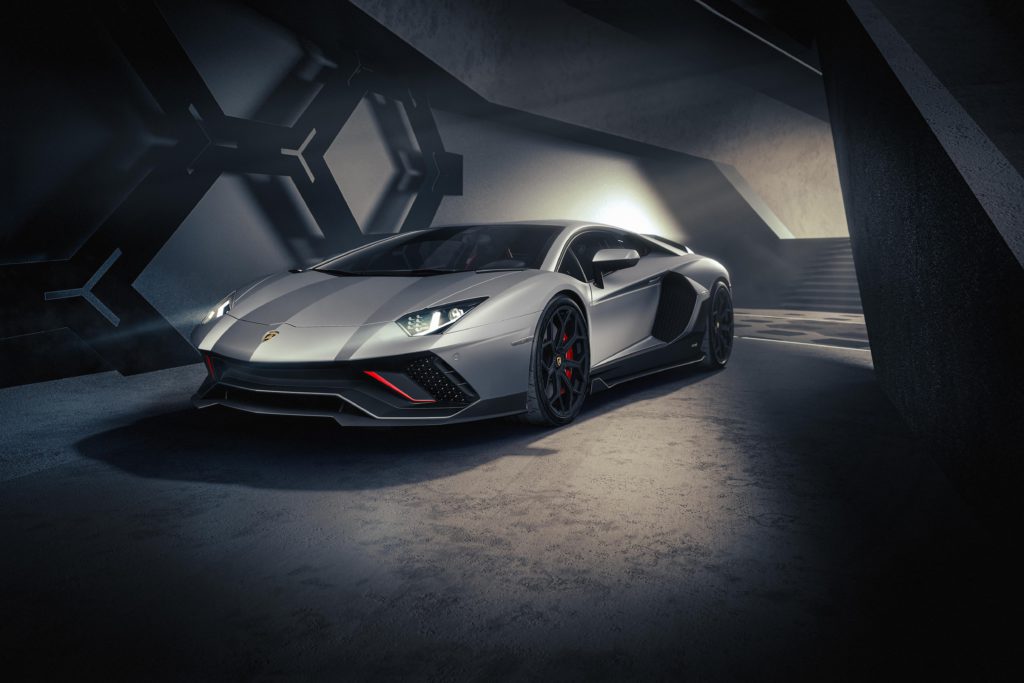
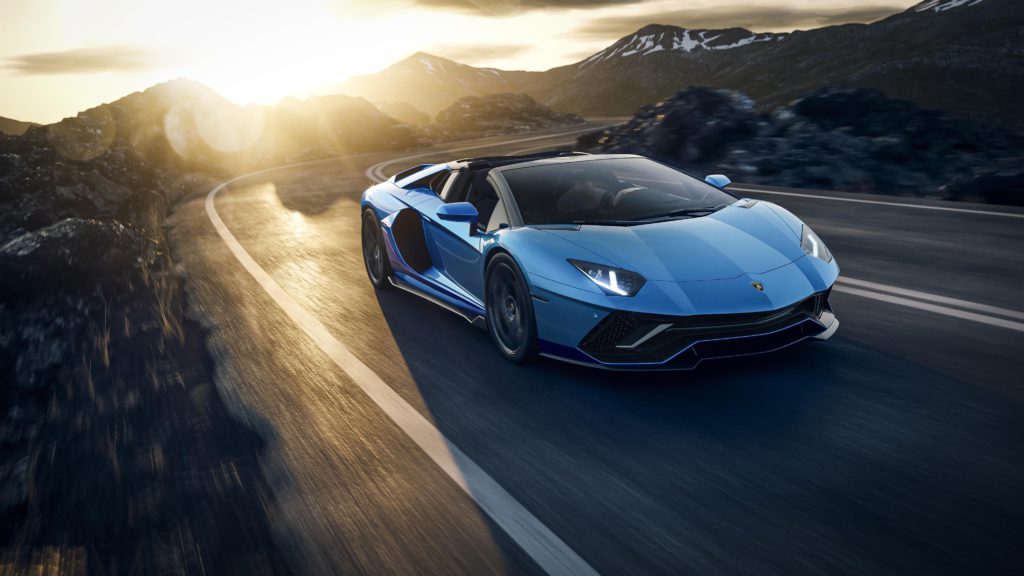
Arriving in a 350 coupé and 250 roadster version, the Aventador LP 780-4 is a celebration of Lamborghini’s iconic V12 internal-combustion engine (ICE) supercar. As such, it boasts the necessary performance stats. The twelve-cylinder engine delivers 780cv (769hp) for a top speed of 355km/h and 0-100km/h in 2.8 seconds. Meanwhile, the coupé will be able to go from 0-200km/h in 8.7 seconds.
The chassis contains a large amount of carbon fibre, resulting in a dry weight of 1,550kg. Placed on top of the four steering wheels, as previously introduced in the Aventador S, Lamborghini wants to ensure outstanding handling at any speed. The model also uses a specific front bumper to gain greater aerodynamic load at the front of the car. The front splitter is also optimised for engine and radiator cooling.
‘The Aventador LP 780-4 denotes the final, purest, timeless naturally-aspirated production V12 Lamborghini,’ said Stephan Winkelmann, president and CEO of Lamborghini. ‘It delivers the essential twelve-cylinder experience in terms of inimitable design, engineering solutions and the most emotive driving experience, and is the definitive Aventador concluding an extraordinary era.
‘It is the last of its kind: it delivers the maximum power and conclusive performance expected from Lamborghini’s current V12 engine, combined with our inimitable flagship’s design DNA. The Aventador was destined to become a classic from launch, and the Aventador LP 780-4 is the most beautiful expression of timeless design and technical solutions in a final edition: Ultimae.’
Enter the Emira
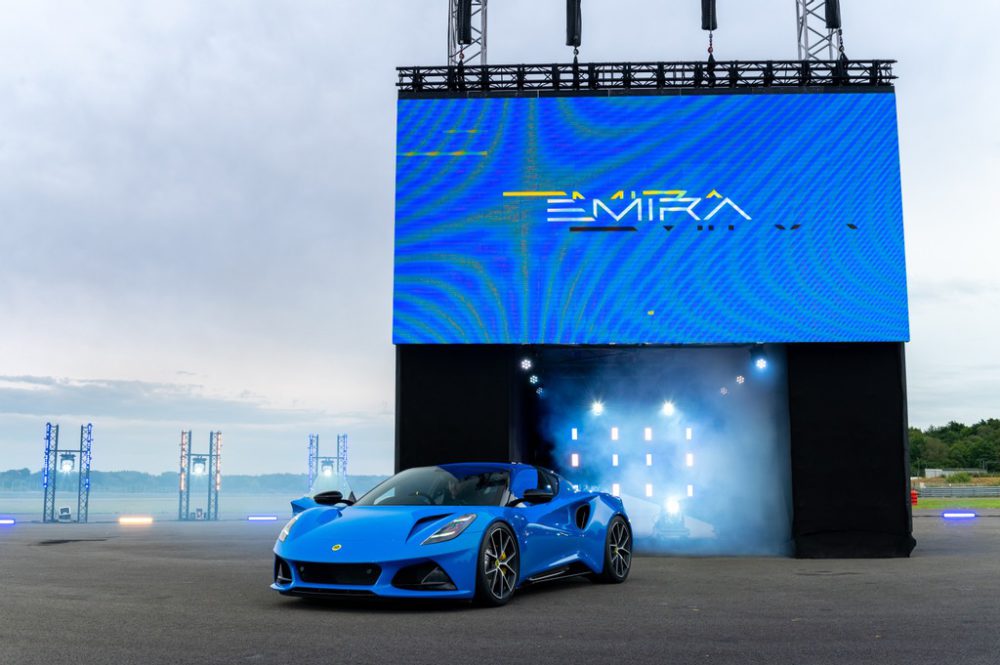

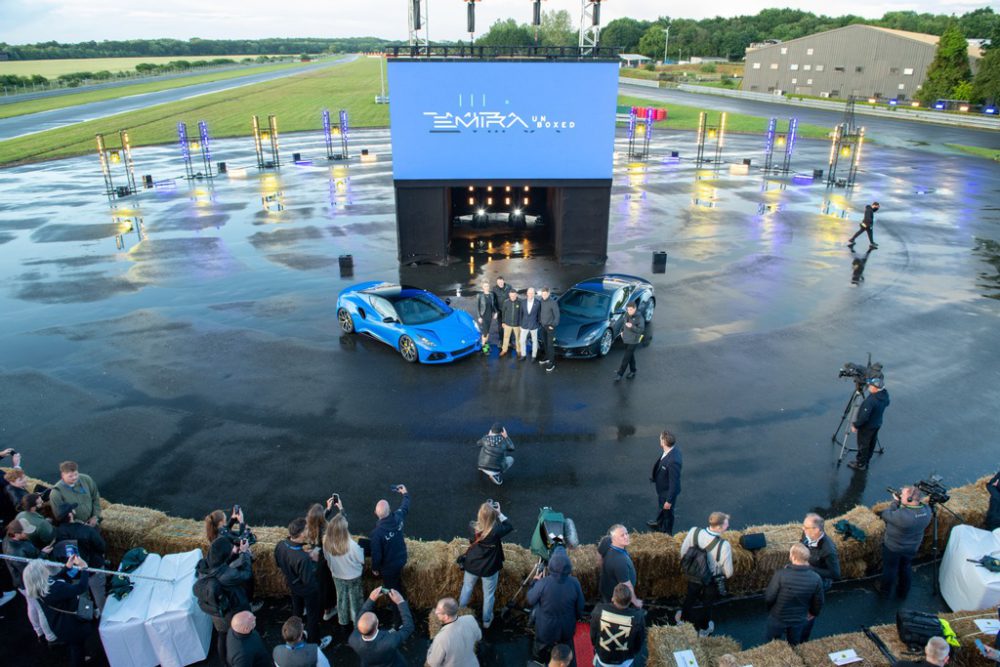

The Emira will be offered with two powertrains. This includes a 3.5-litre supercharged V6 and the world’s most powerful production four-cylinder engine, developed in conjunction with AMG and tuned to deliver 360hp.
‘The Emira is an absolute game-changer for Lotus,’ said Matt Windle, managing director of Lotus Cars. It is a hugely significant milestone in our path to becoming a truly global performance car brand. It is a new sports car – our first in many years – and what an offering it is from Lotus!’
Lotus also took the opportunity to reveal the upgraded Hethel plant, which has received upgrades as part of an investment plan worth over £100 million (€116.78 million). The revitalised facility will produce roughly 4,800 Emira’s every year on a single-shift pattern, utilising automated-guided vehicles as opposed to traditional production lines.
As Lamborghini and Lotus announce their final solely ICE-powered models, Porsche and Rimac have also formed a joint venture to house the costly carmaker Bugatti. These movements raise the question, is this the end of an era for supercars as we know them?
With OEMs focusing on mass-market electrification, an expensive and time-consuming venture, the days of building trophy models to push the boundaries of ICE engineering do appear numbered. While saying goodbye to roaring engines might be difficult, high-powered electrified experimentation holds the potential to not only unlock new advanced technology but provide the next generation of awe-inspiring supercars.
What do you think is the future of the supercar? Follow us on Twitter @autovista24 and comment on our post with your views.